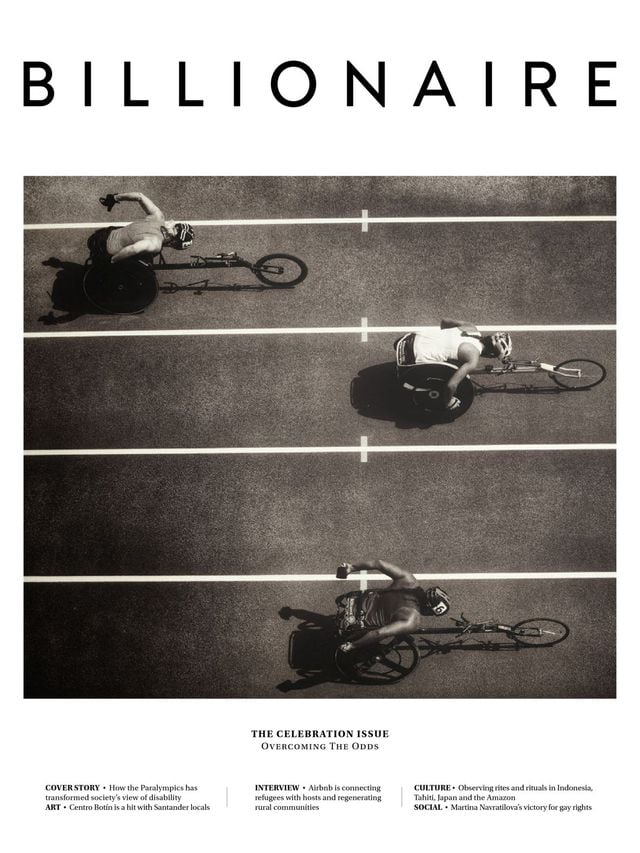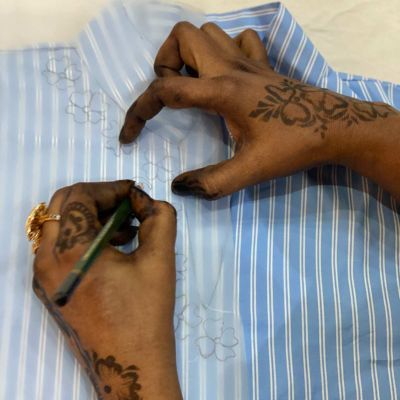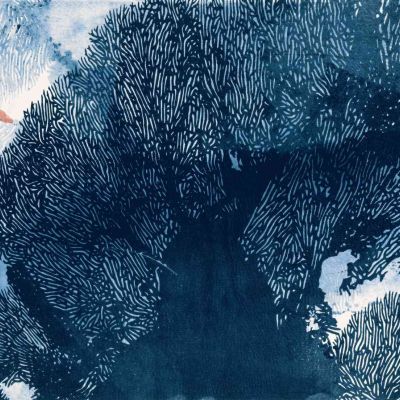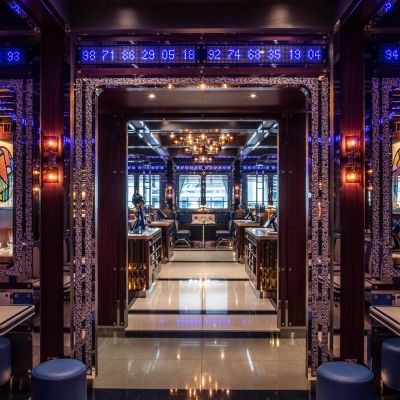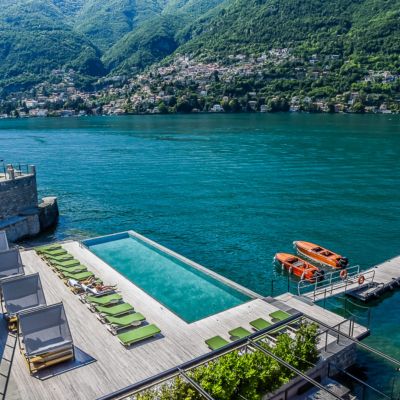The Power of Two
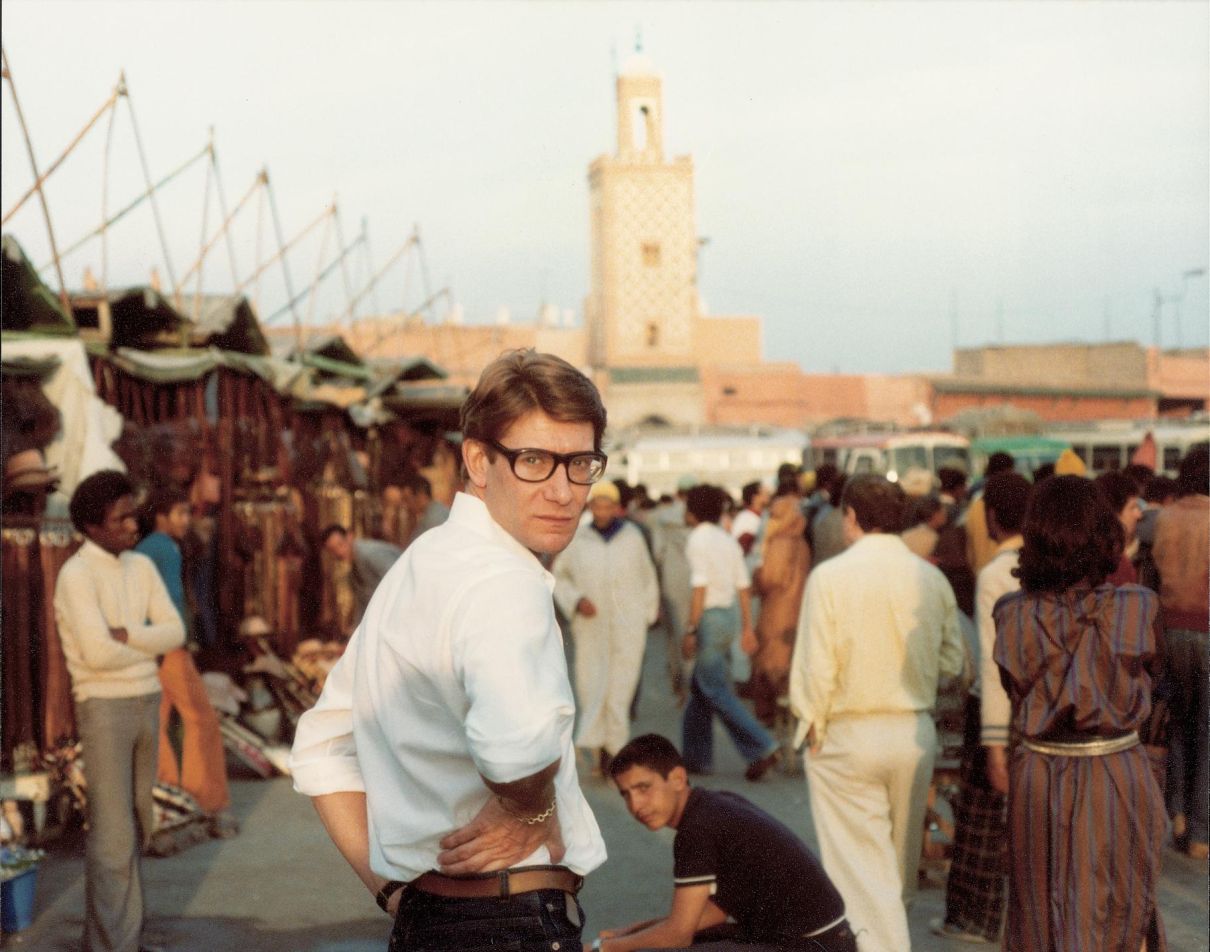
The recent openings of Yves Saint Laurent museums in Paris and Marrakech are a tribute to the revered designer and his equally legendary companion Pierre Bergé.

More than a decade in the making, the Yves Saint Laurent museums in Paris and Marrakech opened, respectively, in September and October 2017. Yet the man who initially dreamt of the museums was not there to attend the opening nights; Pierre Bergé, the brand’s former chief executive and key collaborator, died on 8 September aged 86.
However, a tribute was made on the opening nights to both men and their invaluable contribution to the fashion industry. For both museums are the story of two fashion legends: Saint Laurent, who died in 2008, always in the spotlight; and Bergé a driving force in the shadows.
In Marrakech, the 4,000-square-metre building designed by Studio KO, near the famous Jardin Majorelle, holds exhibition spaces, an auditorium, a boutique, an open-terrace café, and a research library that holds more than 5,000 books related to fashion, literature, poetry, history, botanics and Berber culture.
Very different in style, the newly unveiled Parisian museum is located in the hôtel particulier at 5 Avenue Marceau where Yves Saint Laurent spent nearly 30 years designing his collections from 1974 to 2002. A rotation of retrospective displays and temporary thematic exhibitions will be on display.

Bergé said: “Gabrielle Chanel gave women freedom. Yves Saint Laurent gave them power.” Such is the underlying message that both institutions will attempt to relay: Saint Laurent’s wild and creative spirit. The inaugural display will present approximately 50 designs alongside accessories, sketches, photographs, and videos. The former haute couture salons and the studio where Saint Laurent worked will be opened to the public, offering visitors a glimpse of his creative process.
Yves Saint Laurent was thought of as a maverick in the way he ‘revolutionised’ fashion. For fashion designer Christian Lacroix, the reason for his success was his versatility: “Chanel, Schiaparelli, Balenciaga and Dior all did extraordinary things. But they worked within a particular style. He added: “Yves Saint Laurent is like a combination of all of them. He’s got the form of Chanel with the opulence of Dior and the wit of Schiaparelli.”
Journalist Hadley Freeman says: “Saint Laurent’s nipped-in trouser suits, slinky tuxedos and safari jackets still look perfectly modern decades after their shocking debuts on the runway.” She adds: “In an industry where most clothes are deemed passé after six months, such longevity is as rare as a healthy-looking model. Saint Laurent’s influence can still be seen on any high street in any western country. His styles epitomised a certain kind of seductive, wealthy, intelligent French woman… and it’s a look that is still as desirable today as it was 40 years ago. His shamelessly sexy clothes dovetailed perfectly with feminism's inception, as did his advent of trousers for a woman’s daily wardrobe, and his frequent references in his collection to art and other aspects of modern culture.”
When, in 1992, Saint Laurent was asked: “How would you like to be remembered?
As an artist who created a body of work or as a magician of the ephemeral?” he answered: “An artist who created a body of work.”
Today, the two museums in Paris and Marrakech are ensuring this body of work stays in the spotlight.
This article originally appeared in The Celebration Issue, December 2017. To subscribe contact

